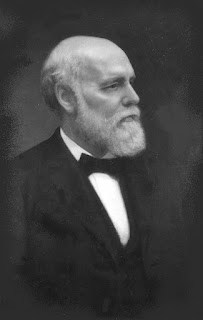In 1919, the newspapers in Minco were mostly quiet about El Meta Bond College. The local school system and business colleges in the area appeared to be in full swing. At the end of August, for example, the Minco Herald reported that local public schools would open on September 2 and that the teachers for the coming term had all been employed. The next page of the paper contained an advertisement for the Chickasha Business College, which had been operating for sixteen years.[1] In nearby El Reno, Oklahoma, there was another business school, apparently with wild aspirations. In a city of 8,000, it was called Metropolitan Commercial College.[2]
Finally, on September 19, a notice appeared in the Minco Herald: "Thirtieth Re-Union El Meta Bond College." That night, the college would host a community gathering at which the grounds would be "lighted and decorated." The faculty and students would provide entertainment. Locals were encouraged to "come and welcome the old students back, and to let the new ones know that you are glad to have them in your community." The notice concluded with a nod towards the near future: "This might be your last opportunity to attend such an occasion as no one can tell what a year will bring forth."[3] Meta would soon complete three decades of nearly non-stop work in Oklahoma, and it seems the Sagers were already thinking about closing the school the following spring.
Meanwhile, Minco public schools started the year with 229 students. Superintendent J. W. Morgan warned parents that a new law made it "compulsory for all children between ages eight and sixteen to attend school six months," and he was determined to enforce that law.[4]
Both the Methodist and Baptist churches in Minco held revivals at the end of the summer.[5] But the papers made no mention of the congregation that met on Sundays at El Meta Bond College.
Notes
[1] "Schools Opens September 2," Minco Herald, August 29, 1919, 4, 5.
[2] Minco Herald, September 5, 1919, 3.
[3] "Thirtieth Re-Union El Meta Bond College," Minco Herald, September 19, 1919, 1.
[4] J.W. Morgan, "The Minco Schools," Minco Herald, October 10, 1919, 1.
[5] "Baptist Revival to Begin Sunday," Minco Herald, September 12, 1919, 1; "Revival Meeting at the Methodist Church," Minco Herald, September 19, 1919, 1.






